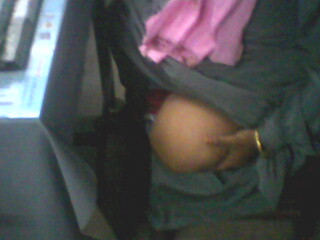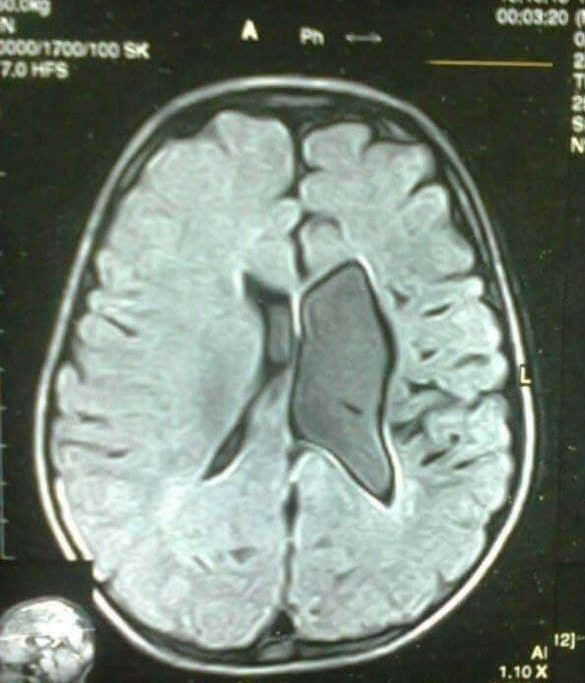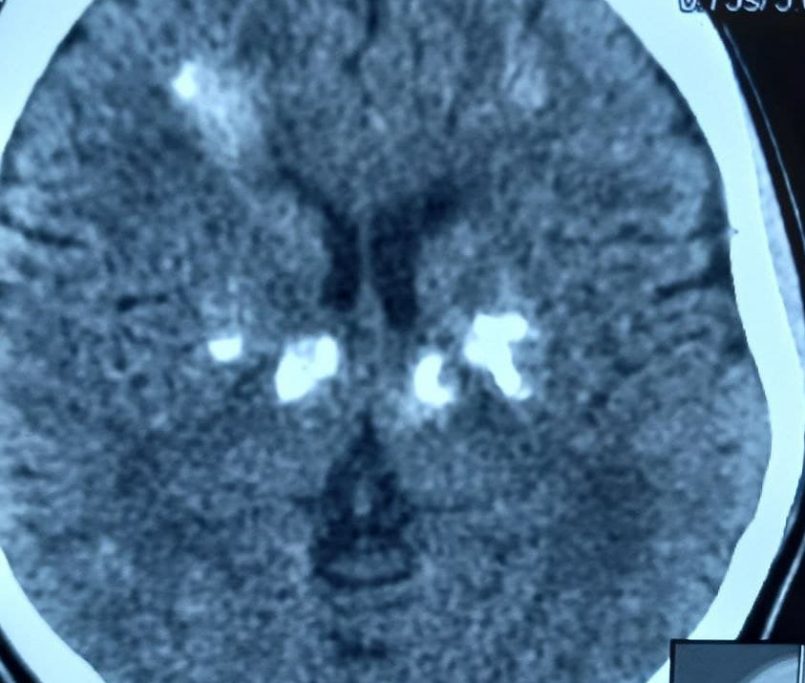Dr. Md. Rashidul Haque, MBBS, FCPS (Psychiatry)
Member, American Psychiatric Association
Member, European Psychiatric Association
After an amputation, some people experience the sensations of the amputated limb in the part of the limb that’s no longer there. This sensation is a phantom limb. Only a small percentage will experience painful phantom limb sensation which is called Phantom limb pain.

The term “phantom limb” was coined by physician Silas Weir Mitchell in 1871. The phantom part refers to the location of the pain – the missing limb or part of the limb.
The phantom pain may feel like burning or aching, clamping, pinching, or vise-like, itching or tingling, shooting or stabbing, throbbing, twisting.
The missing limb often feels shorter and may feel as if it is in a distorted and painful position. Occasionally, the pain can be made worse by stress, anxiety, and weather changes.

Exposure to extreme weather conditions, especially below freezing temperatures, can cause increased sensitivity to the sensation.Phantom limb pain is usually intermittent, but can be continuous in some cases. The frequency and intensity of attacks usually declines with time.
Experts believe phantom pain results from a mix-up in nervous system signals, specifically between the spinal cord and brain.
Pain and temperature information transferred via lateral spinothalamic tracts to the primary sensory cortex, located in the postcentral gyrus in the parietal lobe, where sensory information is represented somatotropically, forming the sensory homunculus.
In phantom limb syndrome, there is sensory input indicating pain from a part of the body that is no longer existent. This phenomenon is still not fully understood, but it is hypothesized that it is caused by activation of the somatosensory cortex.
Treatment for phantom limb pain focuses on easing symptoms. They include:
- NSAIDs or prescription pain relievers.
- Antidepressants.
- Antiseizure medications.
- Beta-blockers.
- Muscle relaxers.
- Injections
Treatments that send electrical impulses to the nerves, brain or spinal cord may help ease the pain. These include:
- Neurostimulation.
- Spinal cord stimulation.
- Transcutaneous electrical nerve stimulation (TENS).
These complementary therapy may also relieve phantom pain:
- Acupunctue.
- Biofeedback.
- Massage.
- Meditation or mindfulness exercises.
Dr. Md, Rashidul Haque
Psychiatrist
MBBS, FCPS (Psychiatrist)





